The rails are a curious family of birds, hard to define.
They all have highly adapted feet, with very long toes that help them walk on unstable surfaces, such as mud and aquatic vegetation, and they have pointed bills. Other than that, they are contrary.
Most are wetland birds, but the corncrake isn’t. Most are extremely secretive, but you can easily see moorhens and coots in your local park. Most are noisy, but the spotted crake is virtually silent for most of the year.
Five species breed in Britain, of which moorhen and coot are common and water rail is widespread, but the other two are an immense challenge to see or hear.
In addition, another seven species are rare visitors from Europe, North America and Africa.
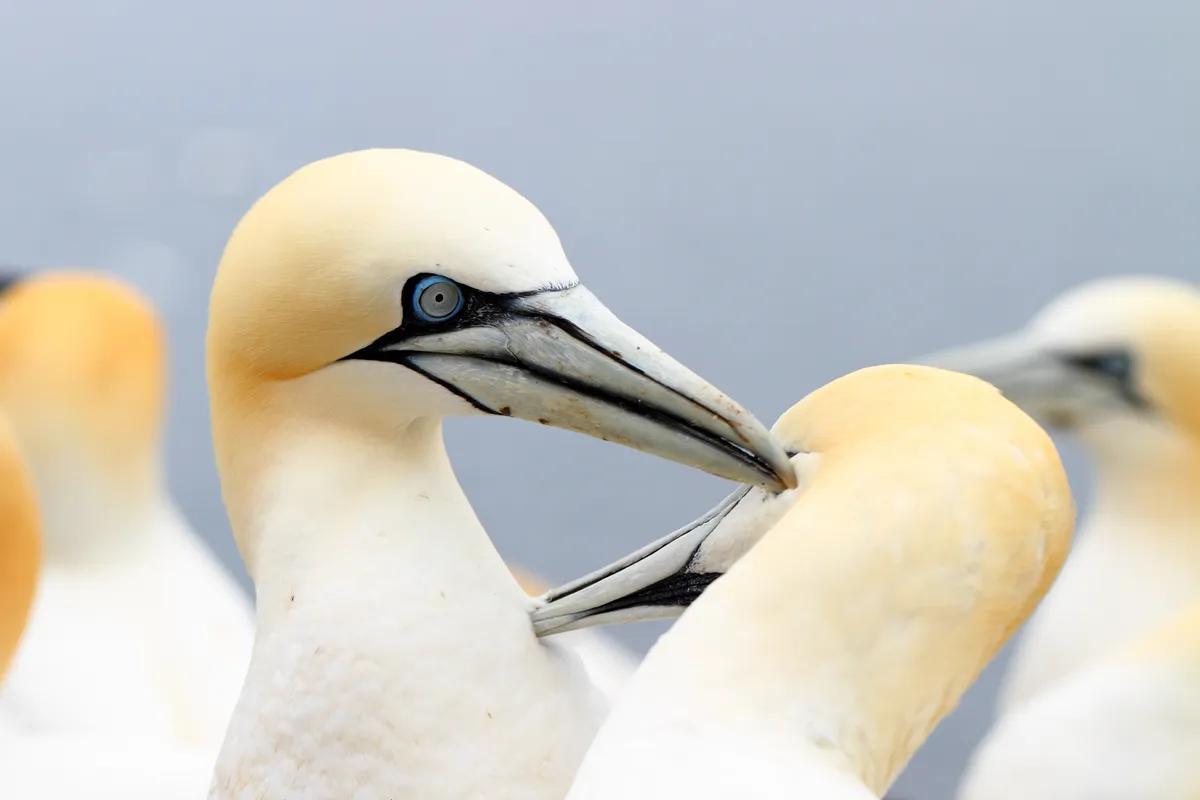
Britain's rails, crakes and coots
Moorhen
Gallinula chloropus
30-38cm | 240,000 breeding pairs (320,000 in winter) | common

The moorhen is an amphibious all-rounder; while it is often at the surface of the water, its long-toed, unwebbed feet give it a laboured swimming style, its head bobbing with the effort. Yet it also runs over mud and vegetation very easily and is perfectly capable of clambering around branches of trees, where it may roost at night.
The dark body is similar to that of a coot, but the colour of the bill instantly separates the species. It is orange with a yellow tip (but dull in juvenile birds), and it looks a little cheap and kitschy.The legs are pale green, but with saucy red garters. Listen out for the explosive “curruck” call, which gives the impression the bird has just been unexpectedly tickled.
Coot
Fulica atra
36-39cm | 25,000 pairs (190,000 in winter) | common

When is a duck not a duck? When it’s a coot. When swimming among the wildfowl at a local park, the coot looks as though it is among kin, but look out for that white forehead shield – which gives rise to the phrase “as bald as a coot” – and the bill which is pointed, not flattened like that of a duck. And when it comes out of the water, look at those odd, blue feet which are lobed not webbed.
This is a really common bird, easily identified by its slate-black plumage and, one has to say, its equally dark countenance. It has a loud, piercing “kut” call, which gives the bird its name.
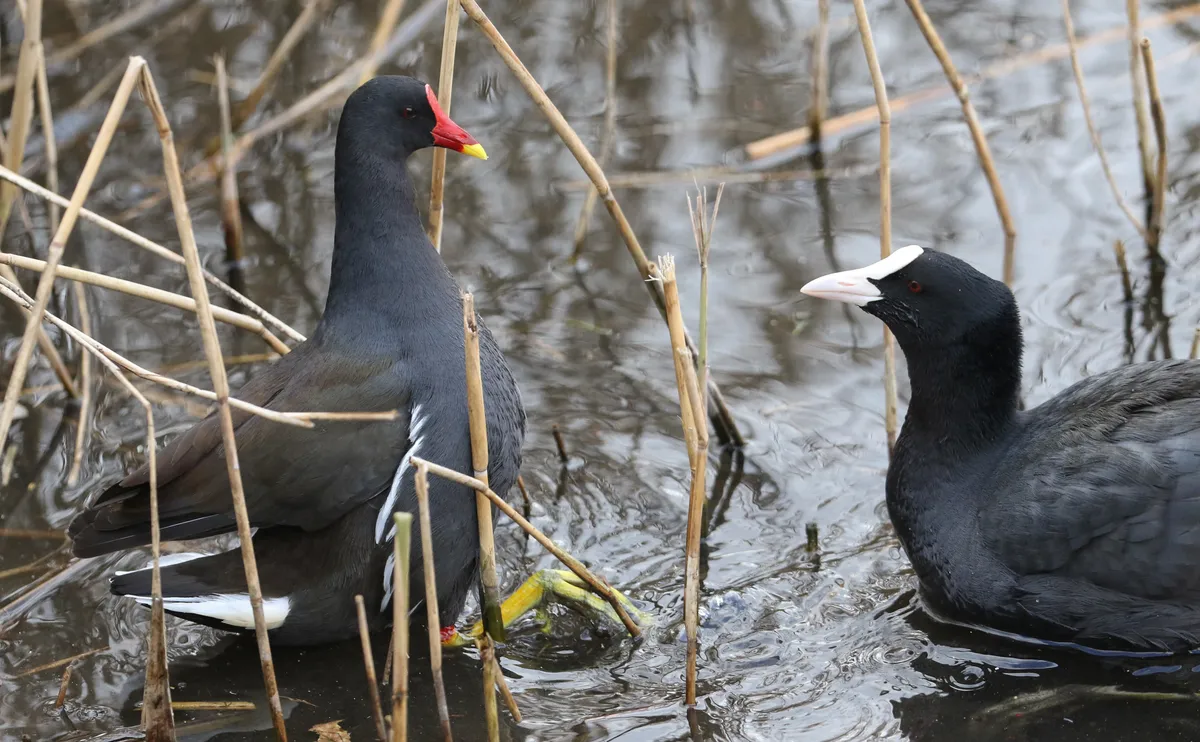
Water rail
Rallus aquaticus
23-26cm | 1,100 breeding pairs (10,000 in winter) | uncommon
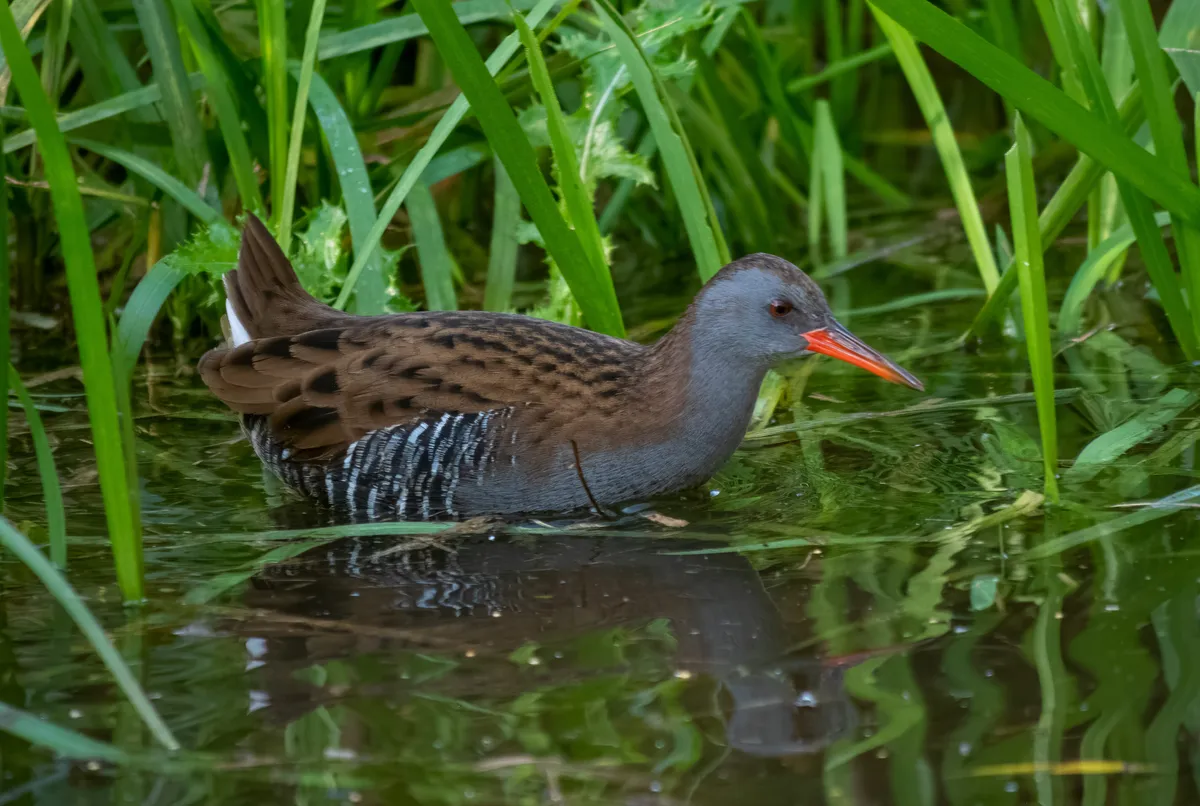
The epitome of secretive birds, the water rail is much beloved by birdwatchers. On the rare occasions when it comes into view, there is a delightful feeling of triumph and privilege. On the other hand, it isn’t so rare that you have no chance of seeing it; just visit a freshwater marsh at any time of year and you have a chance.
It is easily overlooked at the muddy edge of a reedbed, although once you see the long, red bill any doubt quickly disappears. It is smaller than a moorhen and less bulky, and the body is, as typical with rails, flattened to the sides.
One of the water rail’s most distinctive features is its unusual voice, which is loud and explosive, and often heard at night, and particularly in the spring.
Spring wildlife guide
From the fragrant aroma of wild garlic to the delightful song of the chiffchaff, the British countryside comes to life in the spring months. Our expert spring wildlife guide explains how to identify the season's best wildlife spectacles and best places to see.
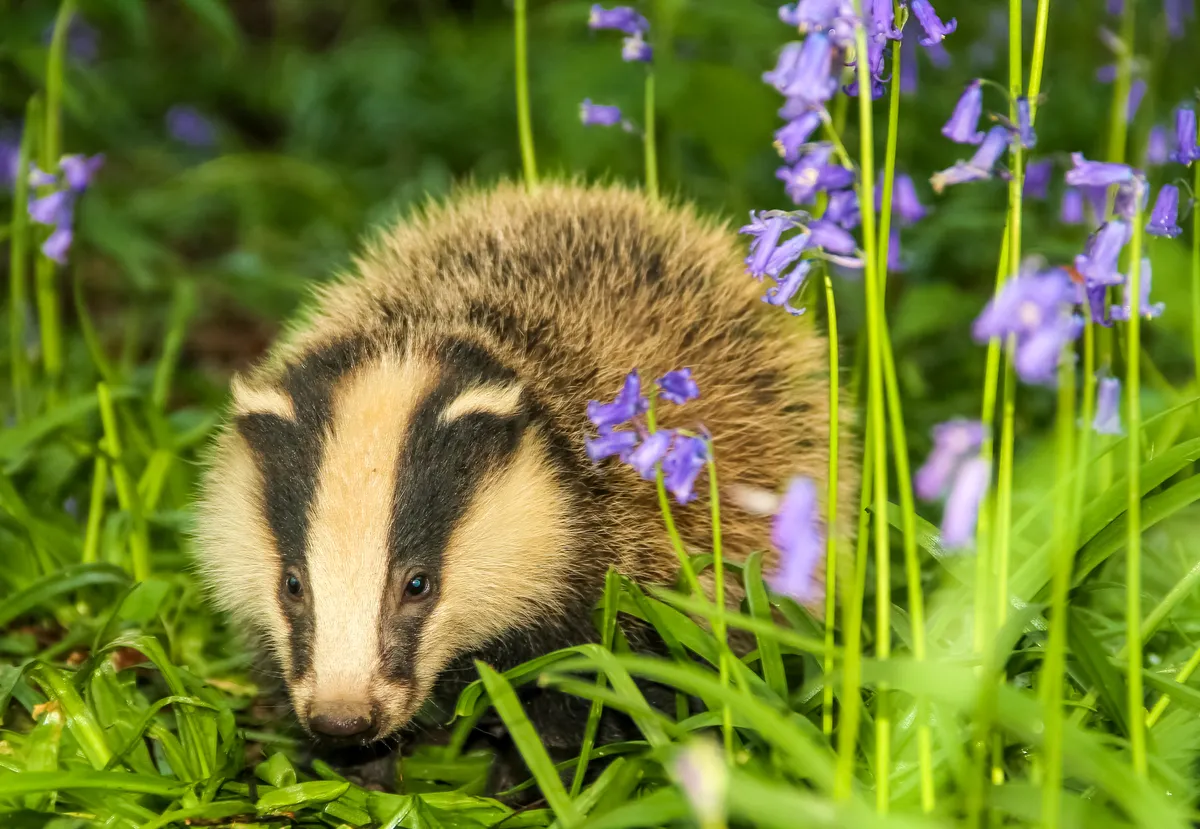
Corncrake
Crex crex
27-30cm | 1200 breeding pairs (0 in winter) | rare
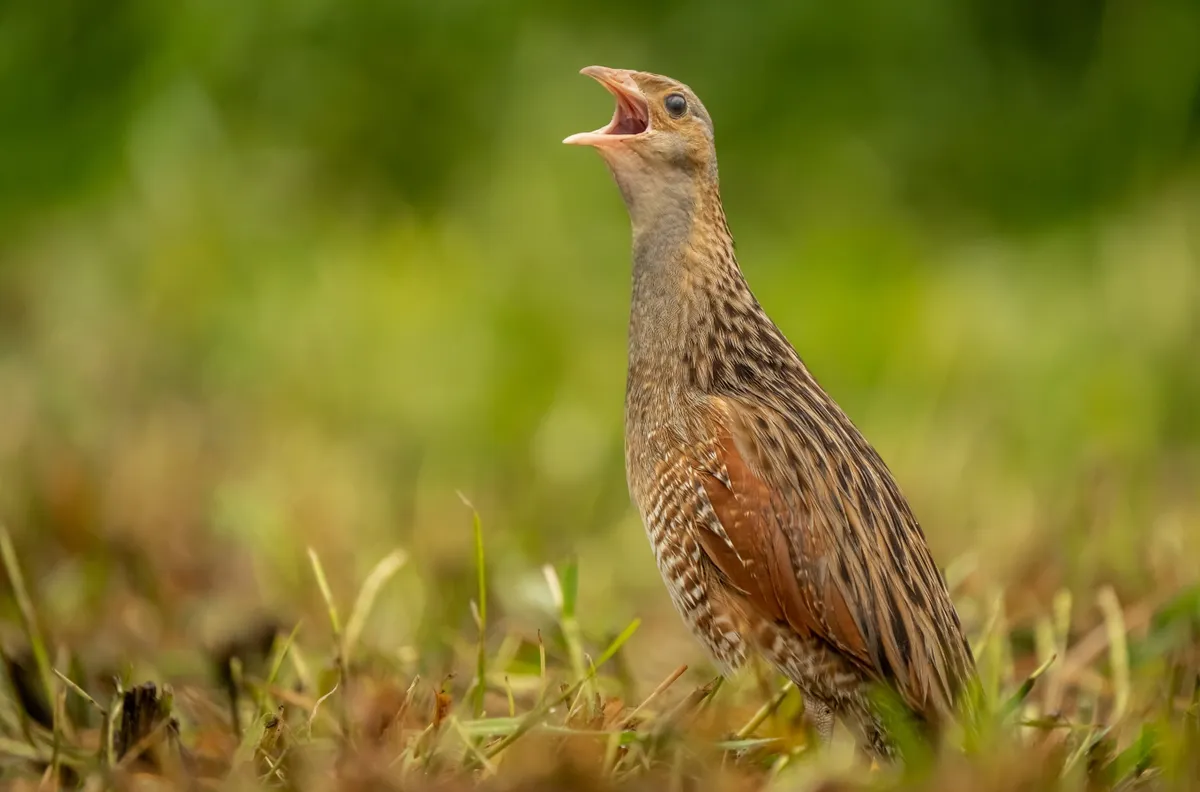
It is almost impossible these days to imagine how common the corncrake once was in Britain. It bred all over the country and its loud call was a familiar sound to everyday country dwellers. It was so numerous that people used to eat it. Now its population is a barely a shadow in comparison.
You might have noticed that the scientific name is “Crex crex”, and this an excellent description of the spring song, which can be heard day and night.
In contrast to our other rails, the corncrake is much less of a waterbird, associated with meadows, fields and pasture. It is warm brown in colour, with rich chestnut-brown wings and short, stubby bill.
Spotted crake
Porzana porzana
19-22cm | 25 breeding pairs (0 in winter) | very rare
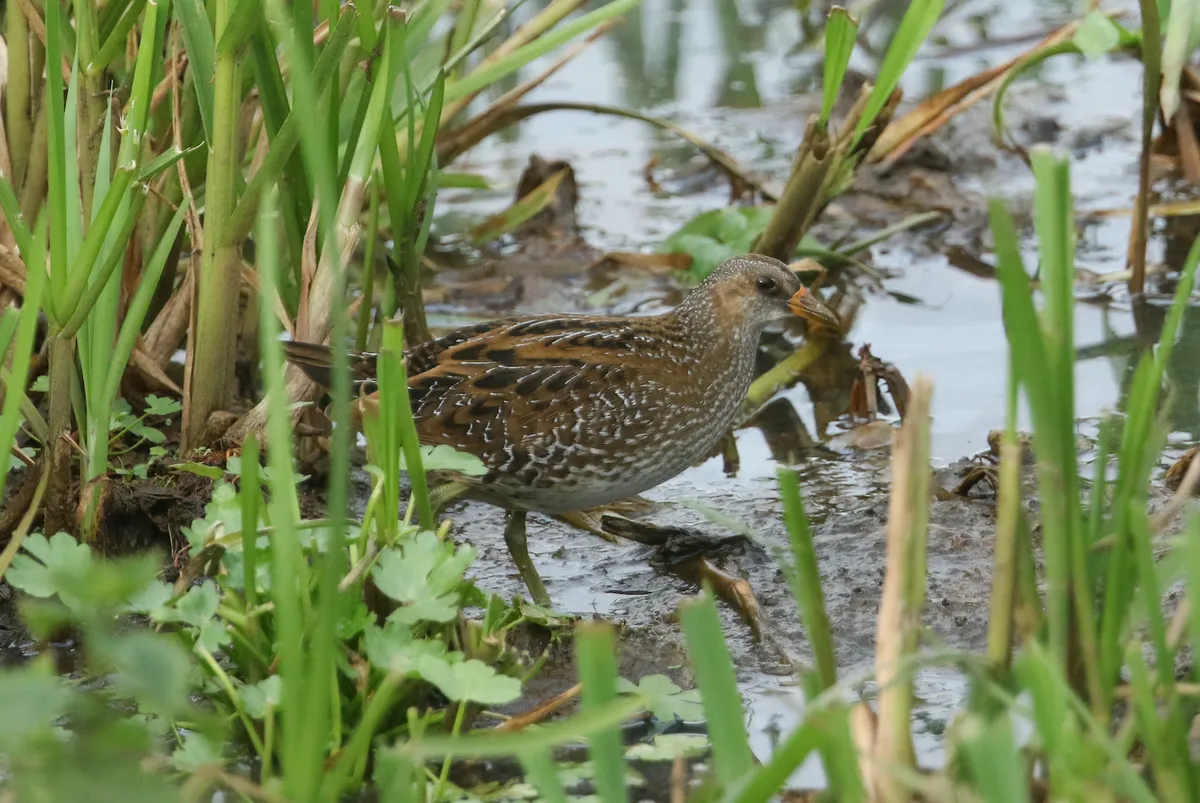
You can be forgiven for not even having heard of the spotted crake. It is vanishingly rare, with fewer than 25 singing males recorded each year. It is also highly erratic in its appearances, being slightly more numerous in some years than others, and having a habit of turning up in places and then vanishing again; only in the Cambridgeshire fens and Central Scotland does it appear consistently.
Its evocative call is often described as a whiplash. Once in view, you can see how small this bird is, not much bigger than a starling. The short bill distinguishes it from a water rail, and given half a chance, you might notice the richly speckled plumage.
